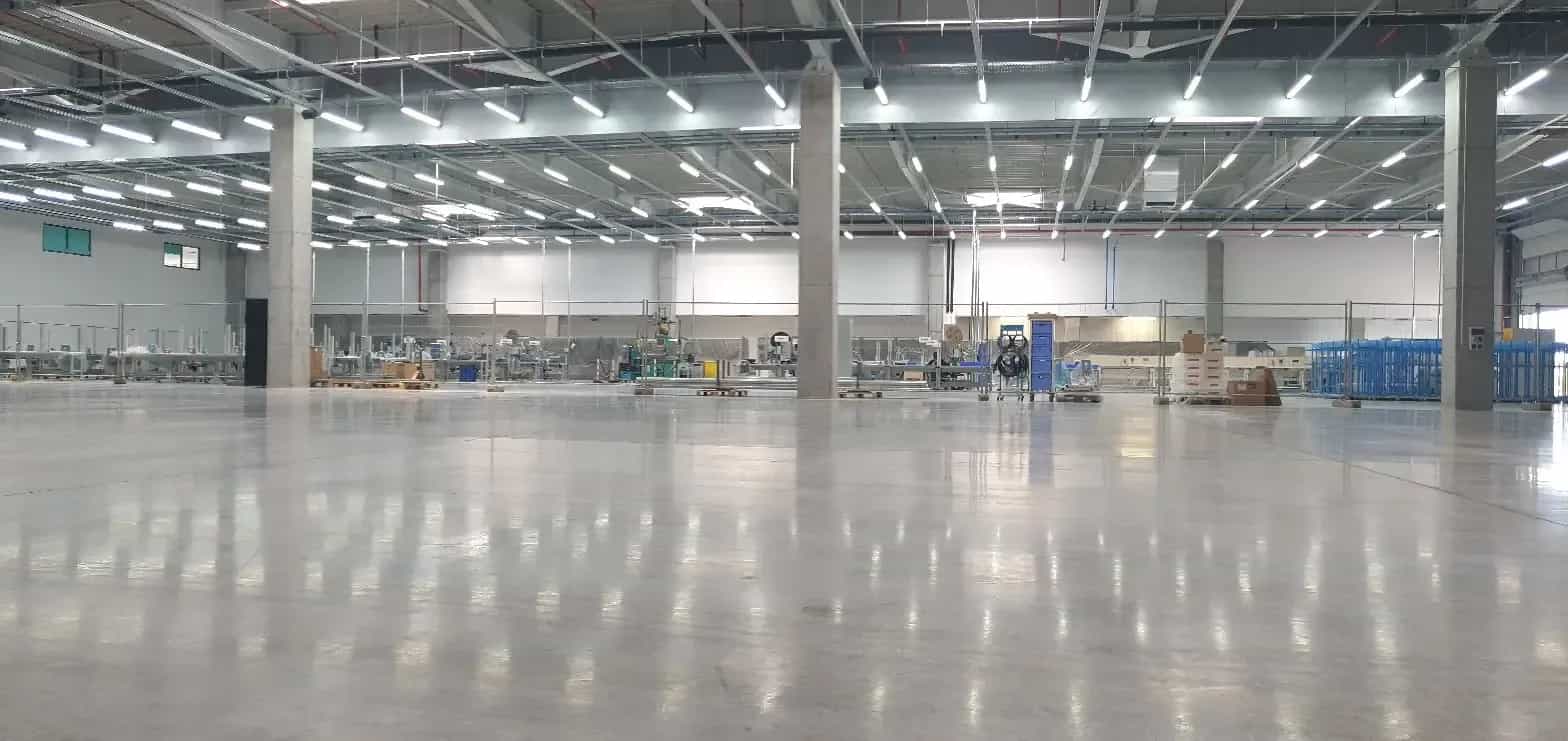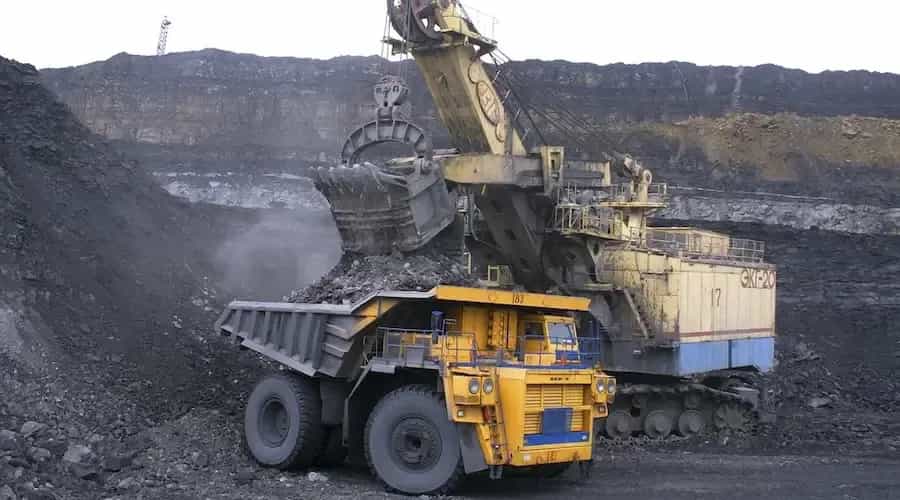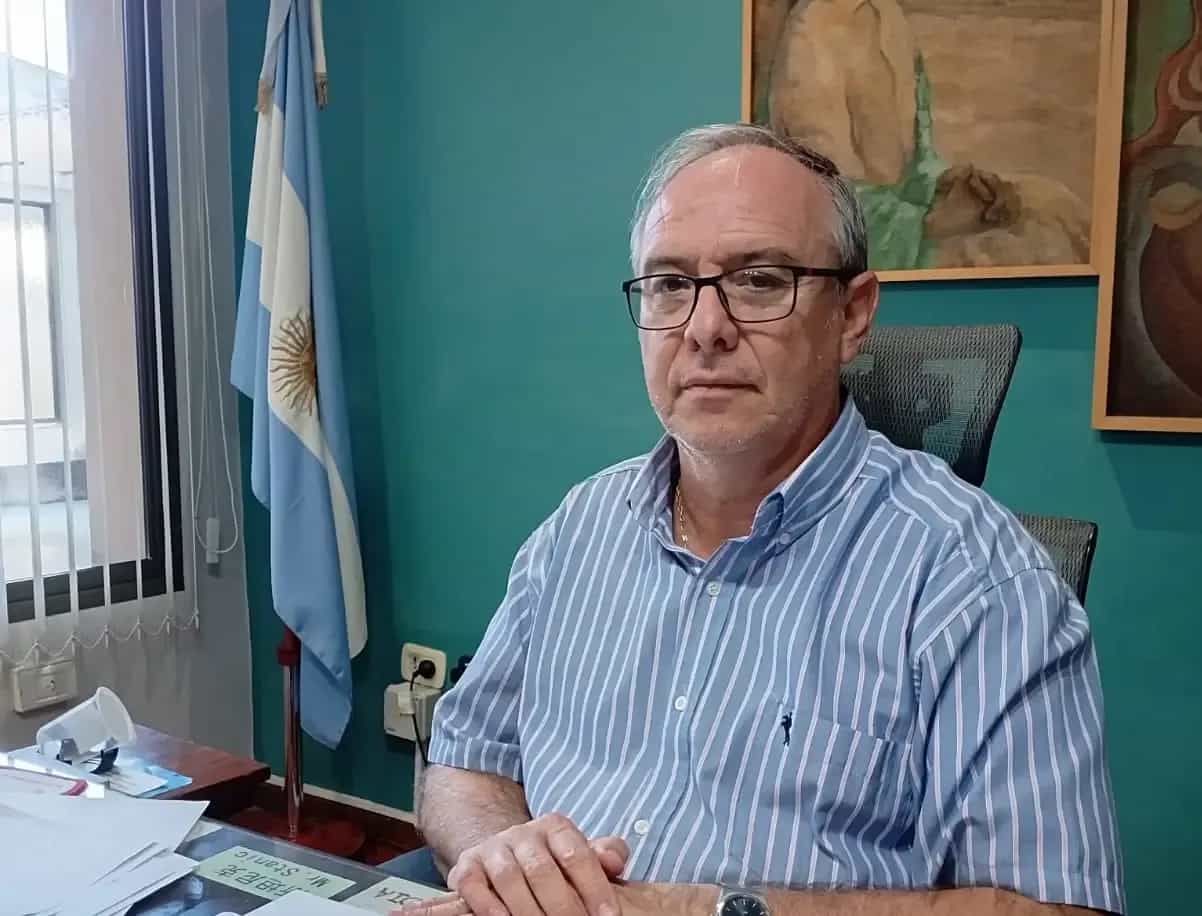Copper, one of the most widely used metals in human history, is regaining prominence and increasing in price amidst global uncertainty fueled by U.S. President Donald Trump's policies and the growing awareness of its scarcity.
By Panorama Minero
Between March 26 and March 28, the red metal came within cents of hitting $10,000 per ton. Although it slightly retreated afterward (on March 27, it traded at just over $9,800), forecasts indicate that it could surpass $12,000 per ton this year, far from the nearly $11,000 it reached in May 2024.

"I believe we will see prices higher than $12,000," said Kostas Bintas, head of metals and minerals at Mercuria, a trader historically focused on oil and gas that has recently expanded into mining to compete with giants like Glencore and Trafigura. Bintas cited the increased copper imports by the U.S. in anticipation of potential tariff hikes from Trump (who already imposed a 25% tariff on steel and aluminum imports). U.S. copper imports jumped more than 600%, from 70,000 tons to 500,000 tons per month.
How high can copper prices go?
This surge comes amid tight copper supply and new stimulus measures in China, the world's largest producer and consumer of the metal. "Something exceptional is happening in the copper market," Bintas stated. "Is it irrational to expect a price between $12,000 and $13,000 per ton?" he rhetorically asked Bloomberg. "I'm struggling to put a number on it because it has never happened before."
Simon Moores, president of Benchmark Mineral Intelligence, a leading consultancy in mining, particularly in batteries and electromobility, reminded the House of Lords in London that copper and lithium are crucial to global diplomacy. Benchmark launched a "Copper Service" providing insights into the metal’s role in the energy transition, along with weekly updates on supply, demand, prices, and trends "to understand the risks and opportunities of the evolving copper market."
Meanwhile, the dispute between the Panamanian government and Canadian company First Quantum Minerals continues, following the closure of Cobre Panamá in late 2023. At the time of its shutdown, the mine was the eighth largest copper producer in the world. In the coming days, Panamanian President José Raúl Mulino will meet with U.S. Secretary of Defense Pete Hegseth to discuss, among other sensitive topics, the potential reopening of the mine.
"The mine must reopen to provide Panama with funds to finance its pension reform," said consultancy firm Boz Allen Hamilton. Mulino initiated the process to authorize the export of stored copper concentrate, a logical move from both an environmental and economic standpoint, beneficial for both the company and the government. "Storing copper in a warehouse doesn't make much sense," the firm added.
This move could provide temporary relief. Meanwhile, First Quantum has agreed to supply its majority shareholder, China's Jiangxi Copper, with 50,000 tons of copper anodes per year from its Kanshanshi mine in Zambia, showcasing the tightness of the global copper market. In Argentina, the company is advancing its Taca Taca project, located 230 kilometers west of Salta city and 55 kilometers east of the Chilean border. The project is in the feasibility stage and could generate over $2 billion in annual exports.
Copper Outlook
In May 2024, a scientific study published by the International Energy Forum (IEF) on future copper demand revealed that 8 of the 10 most productive copper deposits are located in the Americas: 5 in Chile and Peru, along with Morenci in Arizona (U.S.), the currently closed Cobre Panamá, and Buenavista del Cobre in Mexico.
This represents a strategic advantage at a time of global geopolitical tensions, as copper— the third most traded metal in the world, after iron and aluminum—is the most ubiquitous in electrification and renewable energy development. It is also potentially the most scarce, given the current production levels (just over 21 million tons in 2023) compared to the growing demand from the energy transition, which the IEF study projects could reach between 40 and 50 million tons by the end of the next decade, depending on vehicle electrification and material recycling rates.
Against this backdrop, BHP acquired Australian copper company Oz Minerals in 2023 for $6.9 billion, offered $49 billion for Anglo American (which declined the offer), and entered Argentina in 2024 with Lundin Mining to partner on the Josemaría and Filo del Sol copper projects in the Vicuña District in San Juan.
Mike Henry, CEO of BHP, stated at the time: "The price we’re willing to pay for mines that won’t be operational for several years and will require significant investment to reach production demonstrates the importance we place on expanding our copper operations and also highlights the scarcity of available projects of this magnitude."
The race for copper also spurred moves from Chinese companies, such as Jiangxi's decision to become the largest shareholder in First Quantum and Zijing Mining's earlier acquisition of 40% of the Kamoa Kakula copper mine in the Congo, the world’s ninth-largest.
Meanwhile, Argentina is showcasing its potential, bolstered by the passing of the Regime for Incentives to Large Investments (RIGI). As Panorama Minero reported, international mining consultancy CRU estimated that the RIGI will reduce the average tax burden on the five projects it covers from 47% to 38%, making mining investment in Argentina more attractive than in Chile, where the tax burden increased from 37% to 45%, and Peru, where it averages 42%.
Infrastructure Needs for Copper
To support this potential, substantial improvements to infrastructure are needed. A study by the Argentine Ministry of Mining identified key "road requirements" for the Cuyo region, which includes the Vicuña District. These include expanding National Route 7 (RN 7) and Route 40 across the region, as well as improving RN 146.
For rail infrastructure, the study highlights the need to upgrade and extend the San Martín Railway towards Rosario, repair and reactivate the A-7 branch of the Belgrano Cargas Railway in the Jáchal–Albardón section, and rehabilitate the cross-border railway line from Mendoza to Chile.
Additionally, the study emphasized the need for new electrical transmission lines, including bi-regional lines of 132 and 500 kV, based on data from the Argentine Electric Market Administration Company (CAMMESA).
The Role of the Binational Mining Treaty with Chile
With public works delayed due to the government’s focus on maintaining fiscal surplus, creative solutions will be required. Rolando Dávila, mining consultant and member of the Argentine-Chilean Chamber of Commerce, highlighted the importance of the Binational Mining Treaty signed in 1999 between Argentina and Chile, which remains in effect with biannual meetings of both countries’ Technical Commissions. This treaty could facilitate any projects along the 5,300 kilometers of the Argentine-Chilean border.
"The treaty is key and enables the export of at least part of the mining exports through Chilean ports, which are closer to the deposits and major Pacific destinations, including ports on the U.S. West Coast," Dávila said at a binational mining meeting in the Argentine Embassy in Chile last August.
"The mining treaty facilitates the development of mining projects in border areas and could indirectly enable the development of necessary infrastructure for those projects: access roads, power lines, railways, ports. All these issues must be evaluated in due time; a public-private alliance is crucial to achieve these goals," emphasized Dávila.












